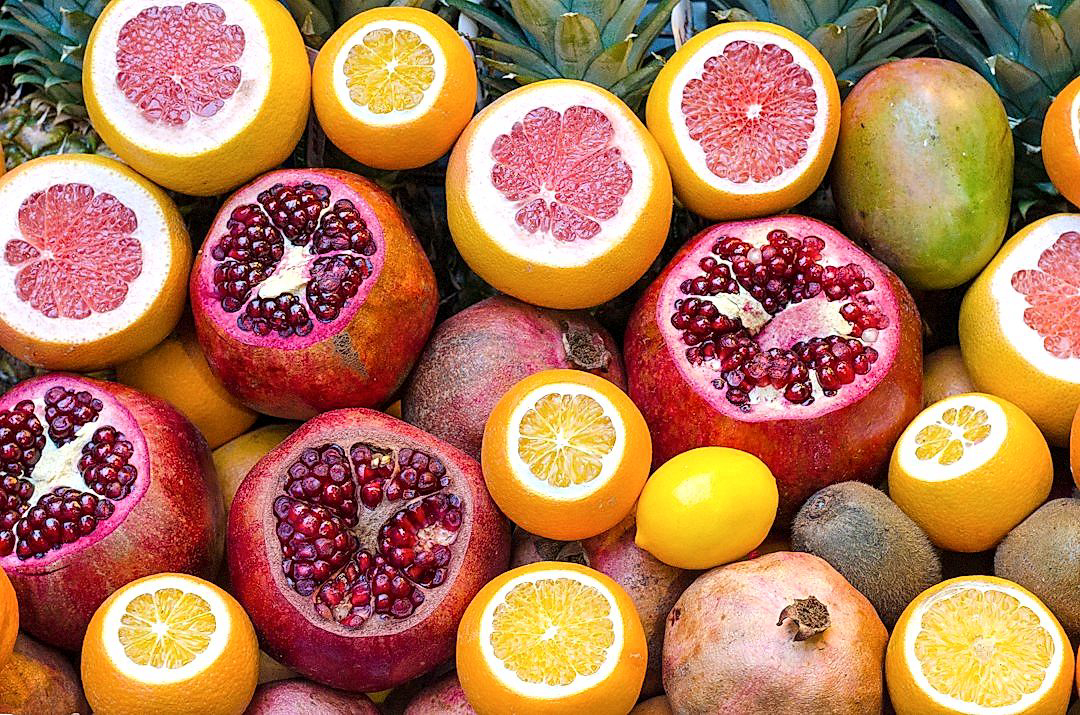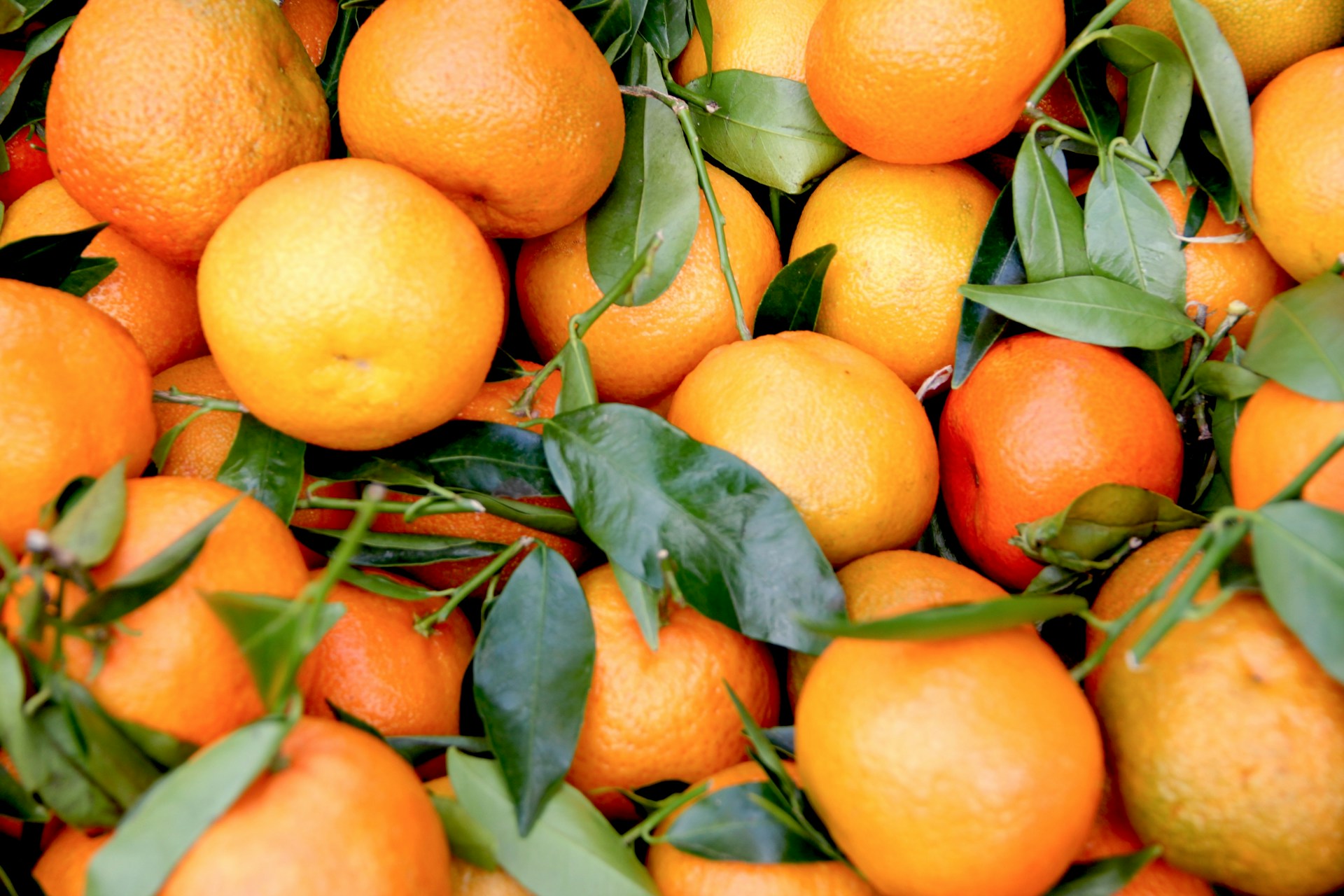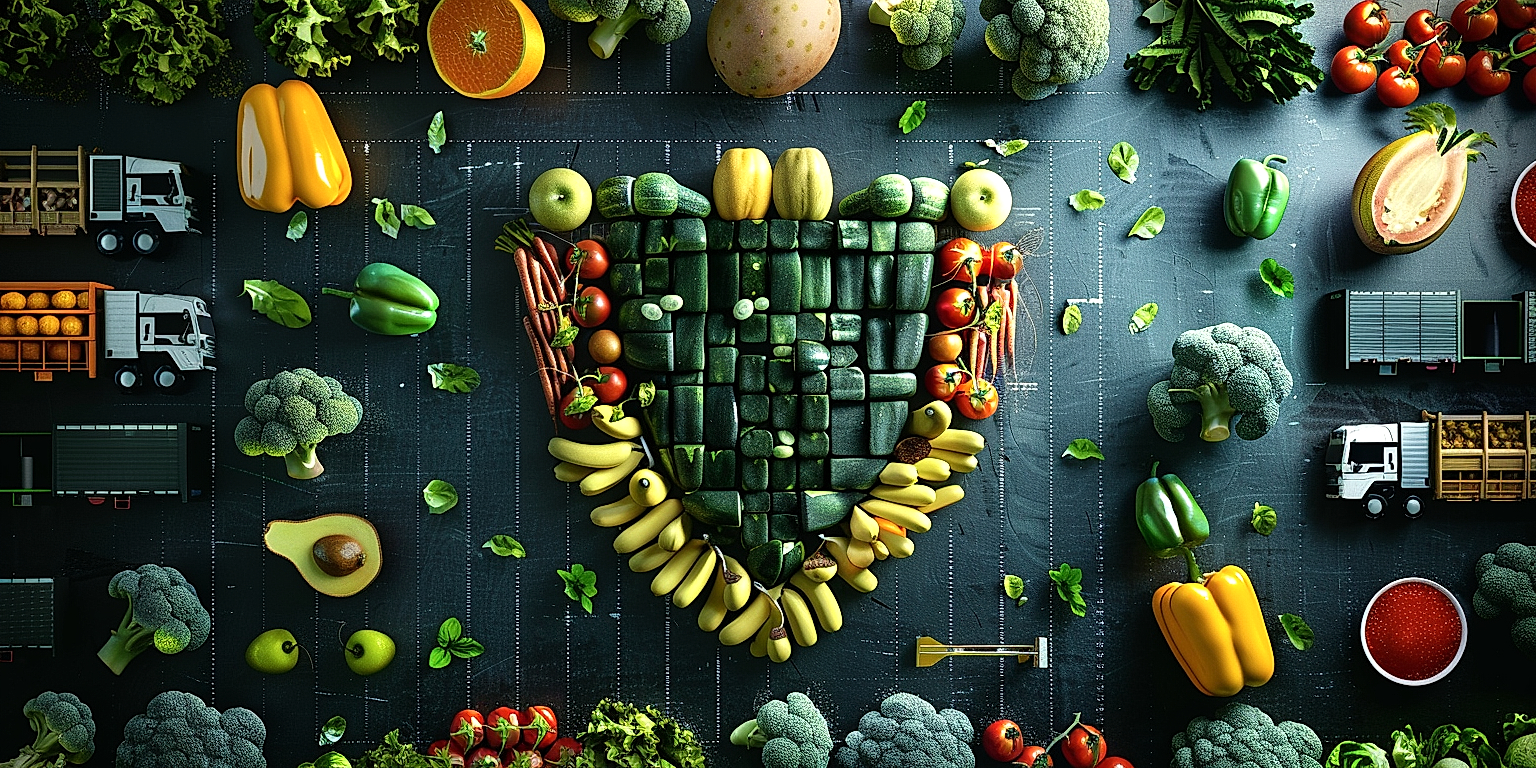In the world of produce distribution, safety cannot be an afterthought.
It acts as the backbone of operations, ensuring quality produce reaches consumers without compromising their health.
The complex network of growers, packers, shippers, and retailers relies heavily on stringent safety protocols.
From harvest to the consumer’s table, every link in the supply chain must enforce these measures.
This piece will delve into the critical aspects of safety measures that need to be upheld in produce distribution.
Ensuring this, not only sustains the industry’s credibility but also protects public health.
Essential Safety Protocols For Produce Distribution
1. Regular sanitization of storage and transport units.
The safety of produce significantly depends on the cleanliness of the facilities and vehicles used in its storage and distribution.
Thus, regular sanitization of storage and transport units is crucial in maintaining the quality of the produce and preventing any health hazards.
To ensure cleanliness, the units need to be sanitized before and after each use.
In between batches of produce, a thorough cleanup needs to be conducted to eliminate any potential contaminants.
Proper sanitization should include cleaning surfaces with soap and clean water followed by disinfecting with a product that can kill germs.
The type of cleaning agents used should be safe for food products but effective in killing harmful bacteria and viruses.
Those that comply with health, safety and environmental regulations are preferable.
For transport units, special attention needs to be given to areas that come in direct contact with the produce.
Regular maintenance checks can help detect potential issues before they become problems leading to produce contamination.
It’s important to remember that faulty units can not only cause damage to the produce but can also be a source of contamination.
Therefore, apart from cleaning, these units should be regularly inspected, and any necessary repairs should be done promptly.
Environmentally friendly approaches to disinfection, such as the use of ozone or UV lighting, can also be adopted to ensure safety and sustainability.
Monitoring and verification protocols should be put in place to confirm that the cleaning and disinfecting procedures are being conducted effectively and regularly.
Records of the sanitization process should be kept and reviewed to assess the effectiveness of the procedures and identify areas for improvement.
In essence, consistent and proper sanitization can greatly reduce the risk of damaging or contaminating the produce, thus ensuring safe distribution.
2. Strict adherence to temperature control parameters
Among the most vital safety protocols in produce distribution is strict adherence to temperature control parameters.
Managing the temperature of both storage and transport facilities helps in maintaining the freshness and quality of the produce.
In the world of produce distribution, temperature control can make the difference between the successful delivery of fresh, quality products and significant losses due to spoilage.
Specialized temperature control systems are often integrated into the storage and transportation units to ensure consistency in maintaining the required temperature parameters.
These systems are not only essential in preserving the color, texture, taste, and nutritional content of the produce, but they are also crucial in preventing the growth of harmful bacteria and fungi that can cause food poisoning.
Produce distribution involves a wide range of fruits and vegetables each of which has specific temperature requirements.
For instance, apples are best stored at temperatures of 30-32 degrees Fahrenheit, while tomatoes require temperatures above 55 degrees.
Thus, it is necessary to understand the specific temperature requirements of each type of produce to ensure their optimal storage conditions.
Non-compliance with these temperature parameters during transportation can lead to rapid degradation of the produce, majorly affecting its quality and safety for consumption.
A well-maintained tracking system for temperature fluctuations can aid in keeping a check on this and alerting the concerned personnel immediately if any deviation is noticed.
Being proactive in maintaining the recommended temperature levels not only increases the shelf life of the produce but also significantly reduces food waste.
With the global emphasis on food safety standards and sustainability, adherence to temperature control parameters is perhaps more crucial than ever.
It is therefore imperative for individuals and organizations involved in produce distribution to invest in advanced temperature control technologies and training of personnel to ensure they are well-equipped to handle these requirements.
With strict adherence to temperature control parameters, we can ensure that the produce is not only safe for consumption, but also retains its quality, taste, and nutritional value from farm to fork.
3. Proper Packaging to Prevent Produce Damage
Proper packaging serves as a frontline defense against produce damages during transport and storage in the distribution process.
This prevents losses that may arise from bruising, punctures, crushing, and other physical damages.
It is essential to use packaging materials that provide enough insulation and shock absorption.
These materials include molded pulp, corrugated fiberboard, expanded polystyrene foam, among others.
Moreover, good packaging should maintain optimal humidity levels crucial for preserving the quality and freshness of produce.
This can be achieved by incorporating vents in the packaging design for adequate air circulation.
This ensures the produce does not suffer from excessive moisture or rapidly deteriorate due to lack of oxygen.
Also, in choosing or designing packaging for specific produce, it is crucial to consider the produce’s characteristics.
For instance, delicate fruits like berries require different packaging materials and design compared to hardier produce like potatoes.
This could mean, for fruits like berries, a container design that limits the weight of produce on top and adequate cushioning material.
On the other hand, potatoes can be packed using a much simpler design and tougher material.
Above all, packaging should comply with all relevant safety regulations and standards to ensure it does not introduce contaminants to the produce.
This may include, for example, ensuring the use of food-grade plastics in packaging.
Also, the packaging should be designed to allow for easy inspection of the produce without causing damage during distribution.
Thus, by investing in proper packaging, produce distributors can greatly reduce damages and increase the shelf-life of the produce, thereby increasing overall customer satisfaction.
The role of packaging in preserving produce quality and safety cannot be underestimated in the distribution process.
4. Comply with best by/use by dates
The concept of complying with best by/use by dates is critically important when dealing with produce distribution.
This not only safeguards the customers and recipients of the produce from potential illnesses due to spoiled food, but also ensures the reputation of the producing and distributing companies.
Each fruit or vegetable has a certain shelf life, and this is noted through its best by or use by date.
Produce distributors need to adhere to these dates strictly to ensure food safety and quality.
The process of ensuring compliance entails proactive monitoring of inventory and constant vigilance for any signs of produce approaching its use by date.
In an event where a product is close to its use by date, distributors must make the necessary arrangements such as speeding up the process of distribution and delivery.
If unfortunately, the product reaches its use-by date while still in the distributor’s custody, the product should not be distributed but be appropriately discarded to avoid any potential food safety issues.
Record keeping is also important as it tracks the histories of all produce batches including their use by dates, and it assists in identifying patterns and making more informed decisions in future produce distribution.
Performing regular audits against these records also aids in ensuring that the distributor continues to meet food safety standards.
In circumstances where produce does not come with best by/use by dates, distributors should be knowledgeable enough to assess the quality and freshness of the produce as these are clear indicators of the food’s safety and suitability for consumption.
The concept of best by/use by dates also enforces a first-in-first-out (FIFO) inventory management policy, where the oldest inventory items are sold or used first before the newer ones.
This prevents the accumulation of old produce at the back of storage facilities, and ensures the consistent rotation and distribution of fresh inventory.
Ensuring adherence to best by/use by dates is not just a safety protocol, but also an ethical responsibility of every organization in the produce distribution chain.
Ultimately, these measures all contribute to the greater objective of ensuring the distribution of safe, fresh and high-quality produce to the end consumers.
Therefore, complying with best by/use by dates is an essential factor in determining the success and reputation of a produce distribution business.
5. Regular Inspection for Pest or Disease Contamination
Regular inspection for pest or disease contamination in the process of produce distribution is a critical safety protocol that organizations in the industry need to diligently adhere to.
These inspections play a significant role in ensuring the quality and safety of the produce.
They involve methods such as visual checks, physical inspections, and laboratory testing.
Pests or diseases can significantly deteriorate the quality of the goods, making them unfit for human consumption.
These contaminants can cause severe health issues to consumers, including foodborne illnesses and allergic reactions.
Therefore, ensuring regular and thorough checks can help prevent these scenarios and ensure the safety of the consumers.
In addition to this, such checks can also avoid financial losses that may arise due to damaged or unsellable goods.
Thorough inspections also aid the companies in compliance with the set food safety and health regulations, which can, in turn, enhance their market reputation and consumer trust.
Pest and disease contaminations can occur at any stage of the process, including the fields, during transportation, storage, or handling at the retail points.
Therefore, localized checks at all these points are essential to ensure comprehensive safety.
Multiple pest management strategies can be implemented as part of the safety protocols, including the use of pesticides, biological controls, and cultural or physical barriers.
The choice of strategy should be done based on the type and extent of contamination, as well as the type of produce.
It is also important to ensure that the strategies implemented do not pose a risk to the quality and safety of the produce.
For instance, excessive use of pesticides can be harmful and counterproductive.
Similarly, regular inspections for diseases involve checking for signs of any bacterial, viral, or fungal infections in the produce.
These checks often require more sophisticated laboratory tests due to the microscopic nature of these pathogens.
Despite the complexity and cost of these tests, they are unavoidable due to the severe health consequences that these pathogens can cause.
Logistics and retail companies can also pair up with third-party inspection and testing agencies for these inspections to ensure impartiality and accuracy of the results.
Such partnerships can greatly enhance the credibility of these checks and subsequently foster greater consumer confidence.
The Bottom Line
Indeed, the meticulous implementation of safeguards in food handling, from harvest to market, significantly enhances food safety and minimizes potential health risks.
Rigorous sanitization routines for storage and transport units, ensuring strict temperature controls, and employing suitable packaging methods protect produce from damage and spoilage.
Furthermore, adhering to expiry dates guarantees that customers only receive safe, fresh produce.
Additionally, conducting regular inspections helps detect and manage pest or disease contamination efficiently.
Hence, these are integral components that contribute to the successful, safe, and effective operation of the food supply chain.




